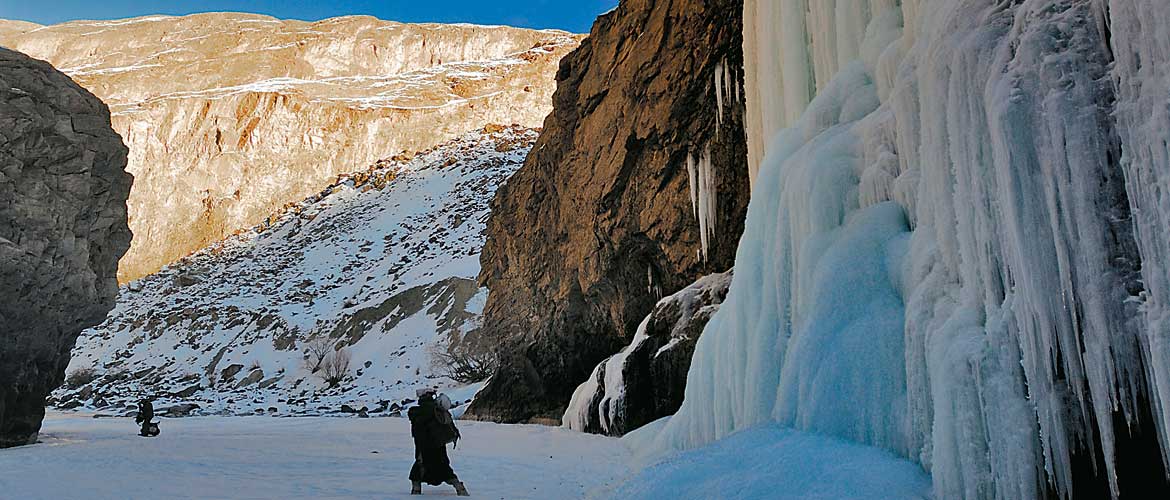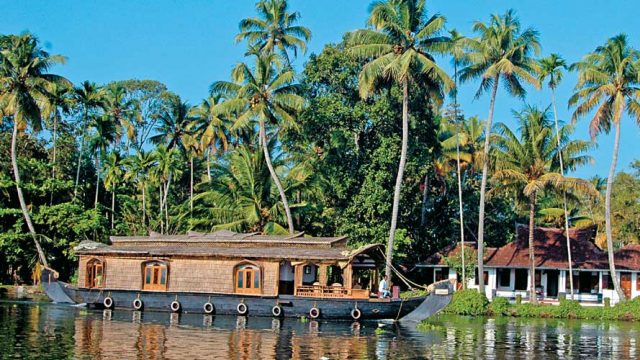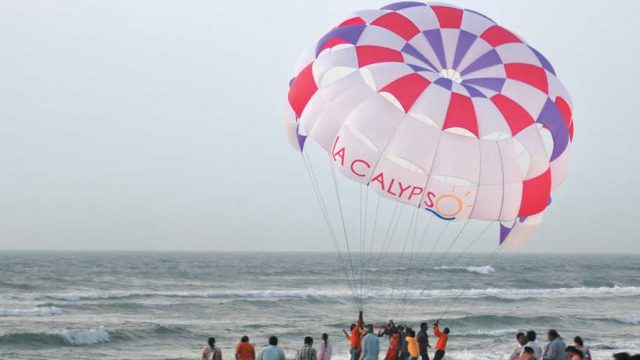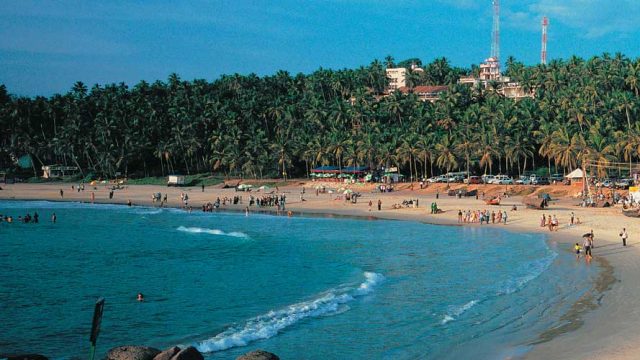At the height of winter there is only one way into or out of Zanskar.

In Ladakh’s Zanskar valley, the rigour of winter is compounded by inaccessibility. The single ‘motorable’ road over the 14,500-ft Penzi La from the Suru Valley is snowbound by end-September. Vehicle passage is impossible for the next nine-and-a-half months till mid-July.
There are four more traditional routes to the valley, all treks of several days. The first is over the 17,000-ft Singe La to the north, forming a link with the Leh area. The other two are trade routes with the Kaza people of Lahaul and Spiti, opening at Darcha and Sarchu in Lahaul, Himachal Pradesh. But come winter in its strength, the passes are snowed in and the Zanskaris are left to themselves. A people cut off from the rest of the world for nine months every year.
Cut off, but not completely. I did say there were four trek routes, and ironically, the fourth presents itself only at the peak of winter… This valley takes its name from the Zanskar River, which has cut itself a deep gorge through the Zanskar range, travelling through solid rock, first north and then east, adding its might to the Indus at Nimmu, just west of Leh.

So severe is the winter that this powerful flow is brought to a near standstill. The sub-zero (-30ºC) conditions freeze the river, forming an 8 ft-plus slab of ice covering, edge to edge, the length of its 150-km run. This sheet of ice is the ‘Chadar’ and forms the winter lifeline of the Zanskaris — the fourth route. From mid-January to end-February, the ice is strong enough to support the weight of a person.
Traditionally, Zanskaris have walked the Chadar to get to the confluence at Nimmu. Now, there’s a proper road till Chilling, a little closer, serviced once a week by a minibus. Taxis also ply on this road. The trek takes one down the desolate, remote and sheer Zanskar gorge, with its walls rising a few thousand feet out of the riverbed. The near-vertical rise of the gorge-face at either edge of the river forces one to walk on the river (now ice) at all times.
I undertook a 10-day trek on the Chadar, starting at Chilling, veering away short of Pidmo, to follow a stream to the village of Lingshed, and returning after a day’s rest. This is the more scenic (and less taxing) option to trekking to Padum, another two days away.
The best (read, safest) time to walk the Chadar is mid-January to mid- February, with the winter at its peak. The Zanskar is frozen to a depth of 6-10 feet. The river’s ire at winter’s attempt to curb its flow is clearly heard as an angry roar under one’s feet. By end-February the water has decreased, leaving the ice sheet completely unsupported — the slab caves in towards the centre. A Zanskari proverb goes, ‘In early winter, the Chadar measuring the thickness of a goat’s rib can support the weight of a yak; but later the Chadar, even of the thickness of a yak’s rib, cannot support the weight of a goat’.

How to do the ‘walk’
After Chilling, there is nothing along the route for at least another five days. All supplies must be carried — food, kerosene, stove, utensils, rope, sleeping bags (no tents, since weight is at a premium). The trek moves from cave to cave, the idea being to hurry to the night halt (so if one cave is taken there’s time to make it to another). Typically, one starts early, walking five hours a day, since getting to a shelter in daylight is essential. Firewood for cooking and warmth must be found. We all had stout sticks to test where we placed our next step — very slow progress. At times my leg would sink into slush, pushing my heart into my throat. At these times I would walk on faith — that my sinking foot would eventually meet harder ice. Waterproof shoes, Gore-tex trousers (not changed in 10 days!) and snow gaiters (tight leggings that strap over the shoe and calf to keep out the snow) brought protection. Socks and towel need to be a quick reach away. In case you fall into water (I went in thigh-deep twice) this is a lifesaver. In contrast, my Zanskari friends wore gumboots, which they dried out every night.
The route has 10 ‘caves’ along its length, soot-blackened depressions in the gorge face that have protected generations of Zanskaris from the chilling night wind, and the not-so-infrequent snow. Most caves (locally known as bau) are associated with fascinating myths, based on which they are named.
The ice cover has many ‘faces’, though most of the time it is a smooth slippery surface, a nightmare to walk on. The Zanskaris walk with a comical penguin-like waddle which eats miles with ease. Normal walking requires a ‘push-off’ from the rear foot. Ice does not provide the traction for this; it is impossible to ‘walk’ on ice. The Chadar shuffle is a sort of sliding action without lifting the feet — taxing on the thigh muscles, but safe. You don’t want to break a bone in the middle of nowhere. The Chadar surface is a grand illusion. Parts of the gorge where the river is frozen edgeto- edge speak a placid, calm, serene lie. All seems still and blissful — a landscape of breathtaking beauty. But beneath this almost romantic countenance lies a potential killer. The dangers are more apparent when one comes across slippery patches. I had to constantly remind myself that I was walking on a river!
THE INFORMATION
Operators Several operators conduct the Chadar trek. Rimo Expeditions’ 7 and 14-day treks start at ₹6,500 per person, per day, ex-Leh (Leh Tel: 01982- 253348, 253257; Gurgaon Tel: 0124- 2806027-29, 4051640; Website: rimo expeditions.com). Ibex Expeditions (Delhi Tel: 011-26460244/ 46; Website: ibexexpeditions.com) offers 15- to 20- day tours for roughly ₹12,000 per person, per day, ex-Leh. These rates are for two trekkers. The cost per person goes down when the group is larger.
Dreamland Trek and Tour (Leh Tel: 257784; Mobile: 09419178197; Website: dreamladakh.com) offers 15- and 22-day tours for €1,000 and 1,400 per person, including return air fare from Delhi. Your operator will arrange a vehicle for the 2-3 hour drive from Leh to Chilling, where the trek starts and ends
Gear Don’t fool yourself that you can ‘manage’ with inadequate gear. Must carrys: a warm (rated at -20ºC) sleeping bag; waterproof, ankle-high shoes (with removable inners); wool socks; towels; torch; a good tea flask; sunglasses. Keep clothes down to essentials: two pairs of thermals; waterproof and wind-resistant jacket; plenty of layers (wool shirt, thick fleece). Carry a first-aid kit. Also prepare yourself mentally: this is a perilous undertaking. Expect very low temperatures, extreme wind chill, no help for days
WARNING Often the river, its winter sojourn over, succeeds in melting away its ice cover, during brief periods of weak sunshine. At these times, you could be a slippery step away from frozen death. Strict rules of the trek: walk foot-in-footprint behind your leader and never, never wander
Jammu Kashmir & Ladakh Guide
Ladakh
Chadar Trek





